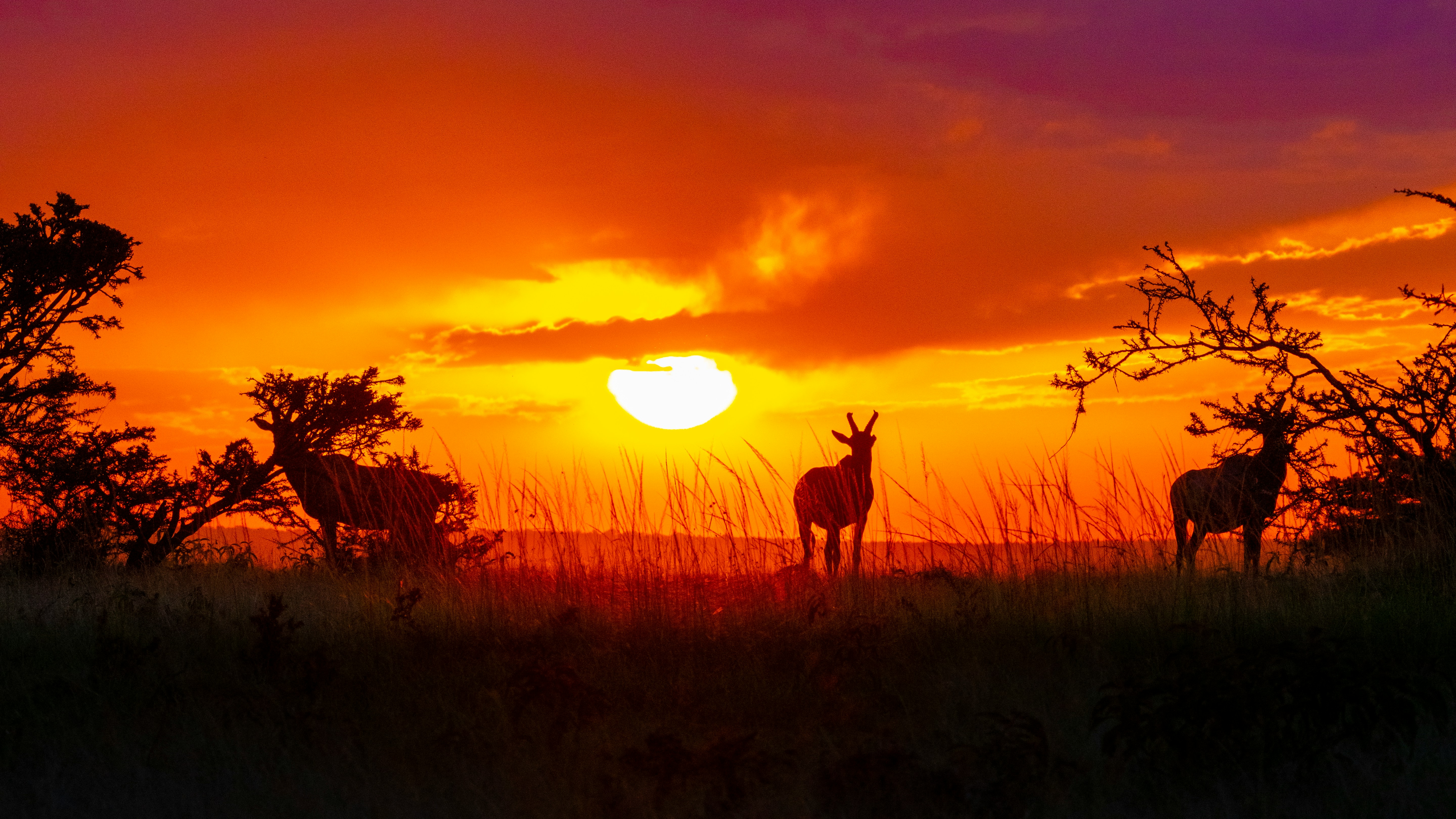
Capturing wildlife in their natural habitat is both an exhilarating and challenging endeavor. The allure of wildlife photography lies in its unpredictable nature and the sheer satisfaction of getting that perfect shot. However, it demands more than just patience and luck. This article sheds light on the secrets to mastering stealth and stability, essential components for stunning wildlife shots.
The Art of Blending In
Wildlife is skittish by nature. The key to getting close enough without startling your subjects is blending in. Wear clothing that matches your environment, and consider using hides or natural cover. Move slowly and deliberately to avoid drawing attention. The mastery of blending in allows you to witness natural behaviors up close.
Stabilizing Your Shot
Stability is crucial for sharp images, especially in the low light of dawn or dusk when wildlife is most active. Techniques include using your body as a tripod, lying prone, or bracing against a tree. Monopods or tripods are invaluable for reducing camera shake without sacrificing mobility. For photographers looking for an upgrade in their gear, incorporating a camera chest harness can offer an unmatched level of stability and accessibility, allowing you to stay ready in any situation.
Silence is Golden
The slightest sound can be the difference between a successful shoot and a missed opportunity. Silent shutter features, soft-soled shoes, and even holding your breath can make a significant difference. Embracing silence enhances your chances of capturing wildlife in its most natural state.
Understanding Your Subject
Knowledge of your subject is paramount. Researching and understanding the habits, habitats, and behaviors of the wildlife you’re photographing not only increases your chances of finding them but also predicts their actions. This insight allows for more composed shots, even in dynamic situations, and can also help keep you safe around these wild animals.
Mastering the Waiting Game
Patience is more than a virtue in wildlife photography; it’s a requirement. Being ready and in position long before the golden hour means you’re not scrambling to capture a fleeting moment. It involves understanding animal behaviors and anticipating their next move, turning waiting from a passive to an active strategy.
Practicing Ethical Photography
Respecting the natural habitat and well-being of wildlife should always be a photographer’s top priority. This means keeping a safe distance, using zoom lenses instead of getting too close, and avoiding actions that could stress or harm the animals. Ethical photography practices ensure that we can enjoy and capture the beauty of wildlife without interfering with their natural behaviors or endangering their survival.
Working with Natural Light
Natural light can both be a photographer’s best friend and greatest challenge. The golden hours shortly after sunrise or before sunset offer the most flattering light. However, understanding how to adjust your camera settings to deal with the harsh midday sun or the low light of dusk and dawn is vital. Embrace the challenge, and let the natural light accentuate your subjects in ways only nature can.
Joining Wildlife Photography Communities
Joining a community of like-minded individuals can greatly accelerate your learning curve in wildlife photography. Communities provide valuable resources, workshops, and forums to share tips, experiences, and constructive feedback. Collaborating with others not only enhances your skills but also opens opportunities for photography expeditions and projects that you might not have access to otherwise.
Investing in the Right Gear
Having the right gear can significantly elevate the quality of your wildlife photography. From choosing a camera with a high ISO capability for low-light conditions to selecting lenses with the right focal length for your subject matter, every piece of equipment plays a pivotal role. Investing in quality gear tailored to wildlife photography ensures you have the tools necessary to capture those breathtaking moments.
Wildlife photography is an art that requires a blend of passion, patience, and skills. Stealth and stability are the underpinnings of not just capturing images but immortalizing moments of natural wonder. Embrace these secrets, venture into the wild with respect and anticipation, and let the beauty of the natural world unfold through your lens.
